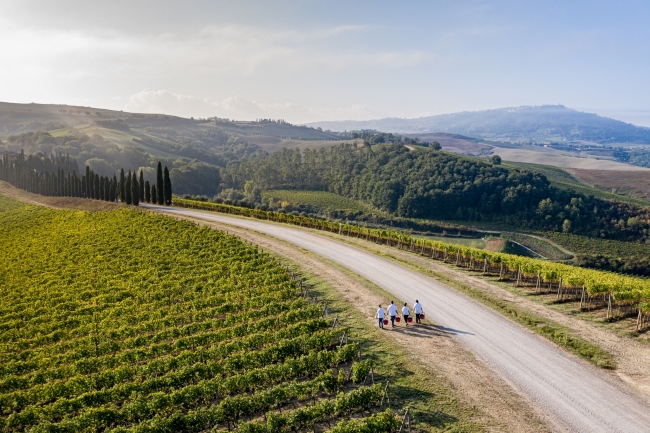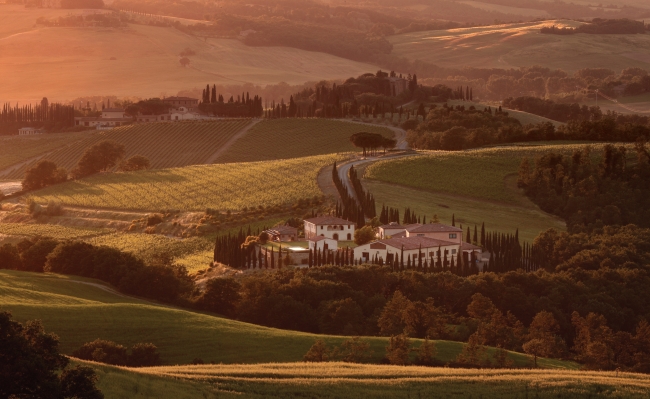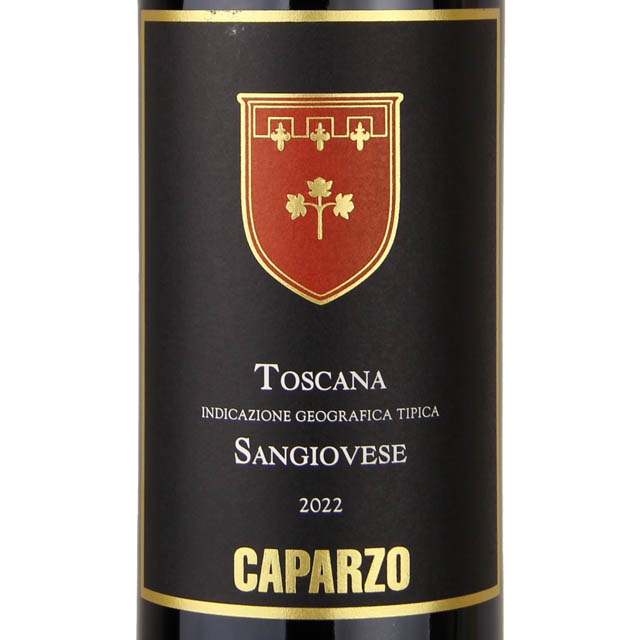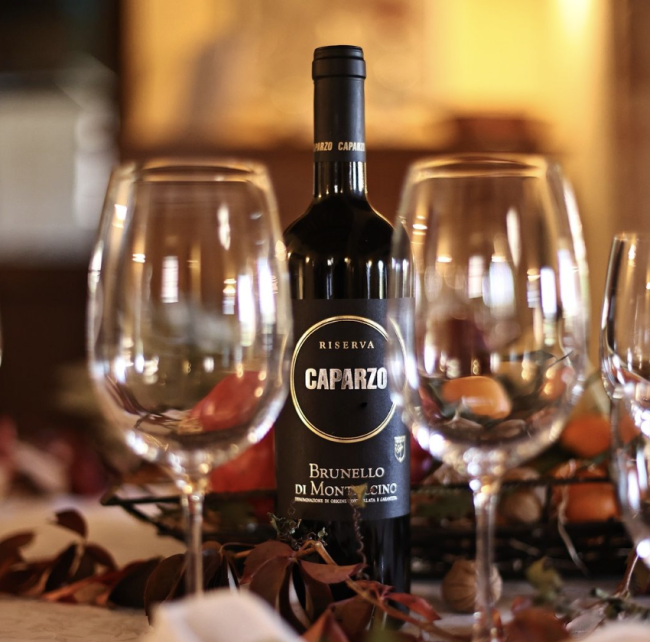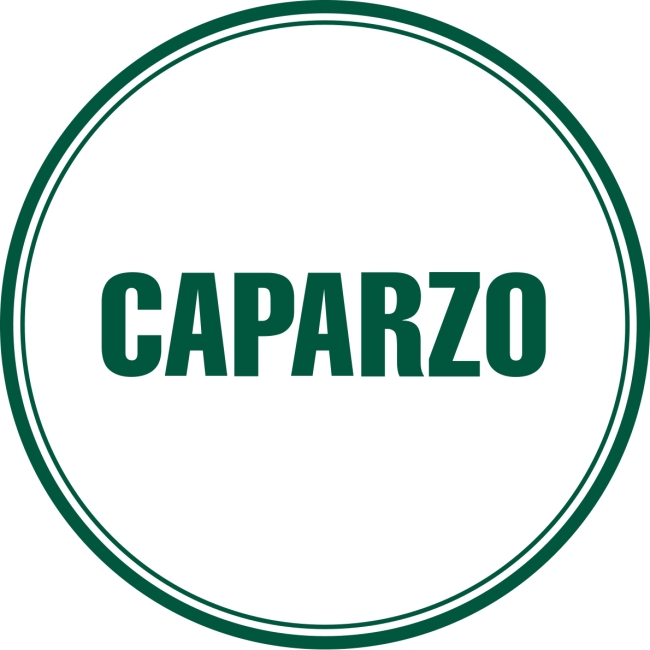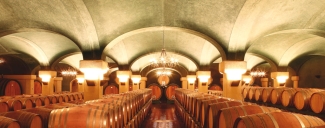
Story
HISTORY
The origins of the place named Caparzo are still unknown. According to some people, the name is derived, as shown by ancient maps, from Ca’ Pazzo; according to others, the term derives from the Latin Caput Arsum, indicating a “place touched by sun”. The history of Caparzo dates back to the end of the 1960s at the dawning of Brunello di Montalcino, when a group of friends, fond of Tuscany and of wine, purchased an old ruin with vineyards at Montalcino. The farm estate was renovated, modernized, and new vineyards were planted. In a short time, Caparzo made itself known in the Brunello market. In 1998, 30 years after the first rows of vines were planted, the farm estate came to a turning point when Elisabetta Gnudi Angelini purchased Caparzo. With the help of her son, Igino, and daughter, Alessandra, she immediately carried out her objective: combining tradition with innovation to create a high-quality wine that is the expression of an excellent territory.
THE TERROIR
Caparzo covers an overall surface area of 494 acres (223 planted to vines) on all sides of the hill of Montalcino in the best areas of the DOCG. The vineyards of Caparzo, La Casa, La Caduta, Il Cassero, and San Piero Caselle range in altitude from 720-985 ft, and are composed of various soil types, including marl, sandy-stone, sandy-clay, and shale-clay. According to tradition, Sangiovese Grosso excels. Regardless of weather trends and climactic patterns, the disposition of the vines and different conformations of the vineyards allow the production of very high-quality wines every year.
THE VITICULTURE & WINEMAKING
The vines are trained spurred cordon and planted densely. Before harvest, the grapes are field-selected in order to check for perfect ripening and flawless clusters. At the beginning of September, harvest starts with white grapes for the production of Le Grance and continues with red grapes through October. Tradition and innovation perfectly combine in the cellar at Caparzo. The grapes are unloaded on a line that is able to automatically separate all the green parts that the de-stemmer is not able to remove. A selecting belt allows specialized personnel to carry out another visual control on each berry. Fermentation takes place in Caparzo’s custom stainless steel vats, which are designed to support the traditional operations of temperature control, pumpover, délestage, pigeage, and aeration by means of a computerized system.
THE WINES
Caparzo produces a range of wines including the classic Brunello di Montalcino DOCG, Riserva DOCG, and Rosso di Montalcino DOC. Only large used Slavonian barrels are utilized for these traditional wines. The aging of the two cru wines is different: Brunello di Montalcino DOCG Vigna La Casa spends the first 12 months in French durmast oak barriques and then 24 months in French durmast oak 30-hectolitre barrels, and Rosso di Montalcino DOC La Caduta spends 12 months in French durmast oak 700-litre casks. Aging is more modern for the Super Tuscan Cà del Pazzo, which ages 24 months in French durmast oak barriques, and for Le Grance, a complex dry white wine that spends 12 months in French durmast oak 350-litre casks. Two fresh, young Toscana IGT wines utilizing grapes from all three of Angelini’s Tuscan properties are also produced, a Sangiovese and a Chardonnay.
Our Wines
| Brunello di Montalcino, AC |
| Brunello di Montalcino, La Casa |
| Brunello di Montalcino, Riserva |
| Rosso di Montalcino, AC |
| Sangiovese |
Gallery
